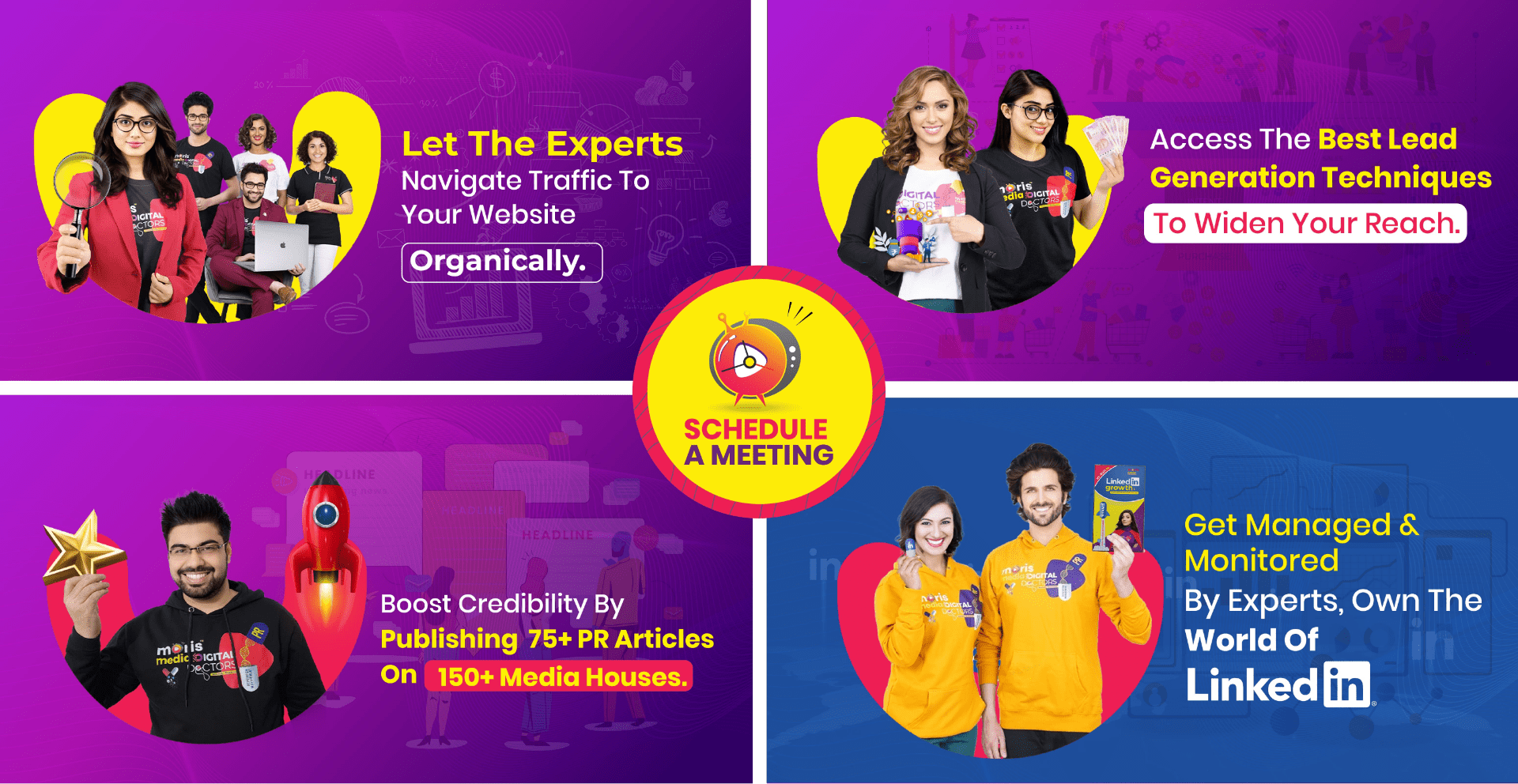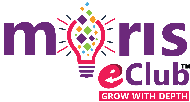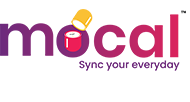Frequently Asked Questions
Measuring the success of a social media influencer marketing campaign is crucial to understand its impact on your brand and to make adjustments for future campaigns. Moris Media provides you with the metrics you need to consider.
Reach: Measure the reach of the influencer's content, including how many people saw the posts and engaged with them.
Engagement: Measure the engagement on the influencer's posts related to your brand or products, including likes, comments, shares, and mentions.
Conversions: Measure the number of conversions, such as sales or leads, that resulted from the influencer campaign.
Follower growth: Measure the growth of your social media following during and after the influencer campaign.
Brand awareness: Measure the increase in brand awareness or brand sentiment during and after the influencer campaign.
ROI: Analyse the return on investment (ROI) of the influencer campaign by comparing the cost of the campaign to the revenue generated or the cost per conversion.
Influencer performance: Measure the performance of each influencer involved in the campaign, including their engagement rates, follower growth, and overall impact on the campaign.
Connect with the Digital Doctors at Moris Media and know whether influencer marketing can prove to be a worthwhile investment for your brand.
Moris Media believes that Social media is a powerful tool for building customer relationships and fostering loyalty provided you get your strategies right.
Engage with your audience: Respond to comments and messages in a timely and personalized manner, and ask for feedback to show that you value your audience's opinions and experiences.
Provide helpful content: Share helpful and relevant content that addresses your audience's needs and interests, and positions your brand as an expert in your industry.
Use social listening: Monitor social media conversations and mentions related to your brand, and respond or engage with those mentions in a thoughtful and helpful manner.
Personalize your messaging: Use personalization, such as addressing customers by name, to make your messaging more engaging and relevant.
Offer exclusive promotions: Offer exclusive promotions and discounts to your social media followers, to reward their loyalty and encourage repeat business.
Showcase user-generated content: Share user-generated content, such as customer photos or reviews, to showcase your community and foster a sense of belonging and loyalty.
Build a community: Build a strong community around your brand by encouraging conversations and engagement, and by promoting user-generated content and feedback.
Be transparent: Be transparent with your customers about your brand values, goals, and policies, and respond to any negative feedback or criticism in a professional and empathetic manner.
Social media customer service is an important aspect of building and maintaining customer relationships. Moris Media suggests the best practices for providing effective social media customer service.
Respond in a timely manner: Respond to customer inquiries and complaints in a timely manner, ideally within 24 hours.
Personalize your responses: Use the customer's name and personalize your responses to show that you are addressing their specific concerns.
Be empathetic: Show empathy towards the customer's situation and demonstrate that you understand their perspective.
Keep it professional: Use a professional tone and language in your responses, and avoid getting defensive or argumentative.
Provide helpful solutions: Provide helpful solutions to the customer's problem, and go above and beyond to make sure they are satisfied with the outcome.
Use social listening: Monitor social media for mentions and conversations related to your brand, and proactively engage with customers who may need assistance.
Take conversations offline: If the customer's issue cannot be resolved on social media, take the conversation offline to email, phone, or chat to ensure privacy and personal attention.
Keep records: Keep records of customer interactions and complaints to ensure consistency and provide reference for future interactions.
Train your team: Train your social media team to handle customer service inquiries and complaints effectively, and provide them with the resources and tools they need to succeed.
Connect with our Digital Doctors to learn more.
Social media can be a powerful tool for generating leads and driving sales and you can use the guidelines provided by Digital Doctors in Moris Media to scale up your leads.
Define your target audience: Identify your target audience and the social media platforms where they are most active.
Share valuable content: Share valuable and relevant content, such as blog posts, infographics, and videos, that addresses your audience's needs and interests, and positions your brand as an expert in your industry.
Use lead magnets: Offer lead magnets, such as whitepapers, e-books, or free trials, to entice users to provide their contact information in exchange for access to the content.
Use CTAs: Use clear and compelling calls-to-action (CTAs) to encourage users to take the next step, such as downloading a resource or filling out a form.
Optimize your profiles: Optimize your social media profiles for lead generation, including clear and consistent branding, a professional bio, and links to your website or landing pages.
Leverage social media advertising: Use social media advertising to target your ideal audience and promote your lead magnets or offers.
Engage with prospects: Engage with prospects who show interest in your content or offers, and respond to their questions and inquiries in a timely and helpful manner.
Analyse and optimize: Analyse your social media performance using analytics tools, and make adjustments to your strategy based on what's working best for your audience.
Social media has become a powerful tool for building brand awareness and increasing your brand's visibility and Moris Media suggests the practices to implement the same.
Define your brand's voice and personality: Define your brand's voice and personality, and use it consistently across all social media channels.
Share valuable and engaging content: Share valuable and engaging content, such as blog posts, infographics, and videos, that addresses your audience's needs and interests, and positions your brand as an expert in your industry.
Use hashtags: Use relevant hashtags to increase the visibility of your content and reach new audiences.
Engage with your audience: Engage with your audience by responding to comments and messages, and by asking for feedback to show that you value their opinions and experiences.
Leverage social media influencers: Collaborate with social media influencers who align with your brand and audience, and who have a following that is likely to be interested in your products or services.
Use social media advertising: Use social media advertising to target your ideal audience and increase the reach and visibility of your brand.
Participate in social media conversations: Participate in relevant social media conversations and trends, and share your perspective and insights to position your brand as a thought leader in your industry.
Use visual content: Use high-quality visual content, such as photos and videos, to grab users' attention and showcase your brand in a visually appealing way.
Moris Media believes that Social media can be a powerful tool for promoting your products or services and driving sales if certain specific guidelines are implemented.
Showcase your products or services: Use high-quality visuals and descriptions to showcase your products or services on social media.
Use CTAs: Use clear and compelling calls-to-action (CTAs) to encourage users to take the next step, such as visiting your website, making a purchase, or signing up for a free trial.
Use social media advertising: Use social media advertising to target your ideal audience and promote your products or services to a wider audience.
Highlight customer reviews: Highlight customer reviews and testimonials to showcase the benefits and value of your products or services.
Offer exclusive promotions: Offer exclusive promotions and discounts to your social media followers, to incentivize them to make a purchase.
Collaborate with influencers: Collaborate with social media influencers who align with your brand and audience, and who can promote your products or services to their followers.
Leverage user-generated content: Leverage user-generated content, such as customer photos or reviews, to showcase your products or services and encourage others to make a purchase.
Provide helpful content: Share helpful and informative content related to your products or services, such as how-to guides or product demos, to position your brand as an expert in your industry.
Creating a social media employee advocacy program can be a great way to increase your brand's reach and visibility on social media. Digital Doctors at Moris Media guide you on how to get the same implemented.
Define your goals: Determine what you hope to achieve with your employee advocacy program, such as increasing brand awareness, driving traffic to your website, or generating leads.
Choose your social media platforms: Choose the social media platforms where you want your employees to be active, based on where your target audience is most active.
Create guidelines and training: Create clear guidelines and provide training to your employees on how to represent your brand on social media, including what types of content to share and what language to use.
Provide content and resources: Provide your employees with a library of content and resources they can share on social media, such as blog posts, videos, and infographics.
Incentivise participation: Offer incentives or rewards to employees who participate in your employee advocacy program, such as recognition, bonuses, or professional development opportunities.
Measure and analyse: Measure the impact of your employee advocacy program using analytics tools, and analyse what's working and what's not to make adjustments to your strategy.
Encourage participation: Encourage participation in your employee advocacy program through regular communication, feedback, and recognition.
Moris Media, the top social media management agency in India, lists out the best practices for achieving social media employee advocacy.
Set clear guidelines: Establish clear guidelines and policies for social media usage by employees, including what types of content to share and what language to use.
Provide training and resources: Provide employees with training and resources on how to use social media effectively, and offer a library of content and resources they can share.
Encourage authenticity: Encourage employees to be authentic and to share their own perspectives and experiences, rather than just promoting the brand.
Incentivise participation: Offer incentives or rewards to employees who participate in your employee advocacy program, such as recognition, bonuses, or professional development opportunities.
Monitor and moderate: Monitor employee activity on social media and moderate any inappropriate or off-brand content.
Foster a positive culture: Foster a positive workplace culture that values and encourages employee participation in your employee advocacy program.
Measure and analyse: Measure the impact of your employee advocacy program using analytics tools, and analyse what's working and what's not to make adjustments to your strategy.
Lead by example: Lead by example by participating in your own employee advocacy program and sharing content on social media.
Measuring the success of a social media employee advocacy program is important to understand the impact of the program and make necessary adjustments. Digital Doctors at Moris Media tell you how you can get the same done.
Reach and engagement: Measure the reach and engagement of social media posts shared by employees to see how many people are seeing and interacting with the content.
Website traffic: Track the website traffic coming from social media posts shared by employees to see how many people are visiting your website through their advocacy efforts.
Lead generation: Measure the number of leads generated from social media posts shared by employees, such as downloads of content or sign-ups for webinars.
Sales: Track the number of sales attributed to your employee advocacy program to understand its impact on your bottom line.
Employee participation: Measure the number of employees participating in the program and their level of engagement to see how well the program is being adopted and received.
Content performance: Track the performance of the content being shared by employees to see which types of content are resonating with your audience and driving the most engagement.
Brand sentiment: Monitor brand sentiment on social media to see if your employee advocacy program is positively impacting how people view your brand.
Feedback from employees: Solicit feedback from employees to understand their experience with the program and make necessary adjustments.
Social media can be a powerful tool for crisis communication, allowing you to quickly and effectively communicate with your audience during a crisis. Moris Media Digital Doctors tell you how you can execute this process effectively.
Be prepared: Develop a crisis communication plan that includes social media as a communication channel, and ensure that key stakeholders and team members know their roles and responsibilities.
Monitor social media: Monitor social media for mentions of your brand or potential crisis situations, and be prepared to respond quickly if necessary.
Communicate openly and honestly: Communicate openly and honestly with your audience, providing timely updates and information on the situation and what you are doing to address it.
Use appropriate channels: Use the appropriate social media channels to communicate with your audience, based on where they are most active and engaged.
Have a designated spokesperson: Designate a spokesperson to handle social media communication during a crisis, and ensure that they are trained and equipped to communicate effectively.
Respond promptly: Respond promptly to inquiries, questions, and concerns from your audience on social media, and provide accurate information and updates as they become available.
Use visuals to convey information: Use visuals such as infographics and videos to convey complex information in a more understandable and accessible way.
Stay calm and professional: Stay calm and professional in your social media communications, and avoid engaging in arguments or negativity online.
Monitor the conversation: Monitor the conversation and adjust your messaging and response as needed based on feedback and reaction from your audience.
Moris Media, the best performance marketing agency in India, illustrates how Performance marketing differs from traditional marketing:
Focus on outcomes: Traditional marketing focuses on generating brand awareness or increasing traffic to a website, whereas performance marketing focuses on driving specific actions or outcomes, such as leads, clicks, or sales.
Measurable results: Performance marketing relies on data-driven metrics to measure the effectiveness of campaigns and determine ROI, whereas traditional marketing may be more difficult to measure in terms of results.
Pay for performance: In performance marketing, advertisers only pay when a specific outcome is achieved, whereas traditional marketing often requires a significant upfront investment without a guarantee of results.
Personalized targeting: Performance marketing uses data and technology to target specific audiences with personalized messages and offers, whereas traditional marketing may be more generalized in its approach.
Performance Marketing can provide your businesses with several benefits; Moris Media, India’s best performance marketing agency, lists out the most important ones:
Measurable results: Performance marketing allows businesses to track and measure the effectiveness of their campaigns, and make data-driven decisions to optimize their marketing strategies.
Cost-effective: Performance marketing only charges businesses when a specific outcome is achieved, such as a click, lead, or sale, which can be more cost-effective than traditional marketing methods.
Personalized targeting: Performance marketing uses data and technology to target specific audiences with personalized messages and offers, which can lead to higher conversion rates and more engaged customers.
Flexibility: Performance marketing allows businesses to adjust their campaigns based on real-time data and insights, which can lead to better results and a more efficient use of marketing resources.
Increased ROI: Because performance marketing is focused on driving specific outcomes, businesses can achieve a higher ROI compared to traditional marketing methods, which may have a more general focus on brand awareness or traffic generation.
Performance Marketing experts at Moris Media state that the key components of a performance marketing campaign may vary depending on the specific goals and objectives of the campaign, but typically include:
Goal setting: Clearly defining the specific outcomes or actions that the campaign is designed to achieve, such as clicks, leads, or sales.
Target audience: Identifying the specific audience or demographics that the campaign is targeting, and developing personalized messaging and offers to engage and convert them.
Campaign strategy: Developing a comprehensive strategy for the campaign, including the channels and tactics that will be used to achieve the desired outcomes.
Tracking and measurement: Implementing tools and processes to track and measure the effectiveness of the campaign, including the use of data and analytics to optimize campaign performance and ROI.
Testing and optimization: Continuously testing and optimizing the campaign based on real-time data and insights, including the use of split testing and other techniques to improve results and drive better outcomes.
Performance metrics: Identifying and tracking key performance metrics, such as conversion rates, click-through rates, and cost per acquisition, to measure the effectiveness of the campaign and make data-driven decisions.
Partner and affiliate management: If using a performance marketing network or affiliate program, effectively managing partner relationships to ensure maximum ROI and success
A performance marketing network is a platform that connects advertisers with publishers or affiliates who promote their products or services in exchange for a commission or other form of compensation. Performance marketing networks typically operate on a pay-per-performance model, which means that advertisers only pay when a specific action or outcome is achieved, such as a sale or lead generation.
Performance marketing networks typically provide a range of tools and services to help advertisers and publishers manage their campaigns and track performance metrics. These may include tracking and analytics tools, creative assets, reporting dashboards, and other features designed to help users optimize their campaigns and achieve maximum ROI.
By using a performance marketing network, advertisers can tap into a network of publishers and affiliates to expand their reach and drive targeted traffic to their websites or landing pages. Publishers and affiliates, on the other hand, can earn commissions by promoting products or services that are relevant to their audience and drive conversions for the advertiser.
Moris Media, a leading performance marketing agency in India, provides a step-by-step breakdown of how a performance marketing network typically works:
Advertiser joins the network: An advertiser interested in promoting their products or services through a performance marketing network will typically join the network and create a campaign, setting specific goals and parameters for the campaign.
Publishers/affiliates join the network: Publishers or affiliates interested in promoting the advertiser's products or services will also join the network, and can browse through available campaigns to find ones that are relevant to their audience and align with their interests.
Publisher/affiliate applies to the campaign: Once a publisher or affiliate finds a relevant campaign, they will typically apply to join the campaign and wait for approval from the advertiser.
Publisher/affiliate promotes the campaign: Once approved, the publisher or affiliate will promote the campaign to their audience through various channels, such as social media, email marketing, or content marketing, using specialized links or codes to track clicks and conversions.
Advertiser tracks performance: The advertiser will use tracking and analytics tools provided by the network to monitor the performance of the campaign, including clicks, conversions, and ROI.
Advertiser pays for performance: Based on the specific terms of the campaign, the advertiser will pay the publisher or affiliate a commission or other form of compensation for each successful conversion or outcome achieved.
Finding the right performance marketing network for your business can be a critical decision that can affect the success of your performance marketing campaigns. Moris Media provides you some guidelines that can help you find the right network for your needs:
Define your goals: Before you start looking for a performance marketing network, define your goals for your campaign, such as the specific outcomes or actions you want to achieve, your target audience, and your budget.
Do your research: Research performance marketing networks that specialize in your industry or niche, and read reviews and testimonials from other businesses that have used them.
Consider the network's reputation: Look for networks with a good reputation and a proven track record of success, and avoid those with a history of fraud or unethical practices.
Check the network's features and tools: Look for networks that offer features and tools that align with your campaign goals, such as tracking and analytics tools, reporting dashboards, and creative assets.
Review the network's terms and conditions: Read the network's terms and conditions carefully, including their commission rates, payment terms, and any restrictions or limitations on your campaigns.
Contact the network for more information: Reach out to the network directly to ask questions, learn more about their services, and get a sense of their level of customer support.
Affiliate marketing is a type of performance-based marketing in which an advertiser (also known as the merchant or vendor) pays a commission or other form of compensation to affiliates (also known as publishers) for promoting their products or services and driving sales or other desired outcomes.
Affiliates typically promote the advertiser's products or services through various channels, such as their website, blog, social media accounts, email marketing, or paid advertising. They use specialized links or codes to track clicks and conversions, and are compensated based on the specific terms of the affiliate agreement, which may include a percentage of the sale, a fixed fee per conversion, or other performance-based metrics.
Affiliate marketing provides a cost-effective and scalable way for businesses to expand their reach and generate sales or leads, while also providing opportunities for affiliates to earn revenue by promoting products or services that are relevant to their audience. It is a popular model for e-commerce businesses, but can be used by any type of business looking to drive targeted traffic and increase conversions.
Affiliate marketing works through a simple process of promoting products or services to generate sales or leads. Moris Media lists down the basic steps involved in an affiliate marketing transaction:
Advertiser joins an affiliate program: The advertiser, also known as the merchant or vendor, joins an affiliate program and creates an offer for their products or services.
Affiliate joins the program: The affiliate, also known as the publisher, joins the program and applies to promote the advertiser's offer.
Advertiser approves the affiliate: The advertiser reviews the affiliate's application and approves them if they meet the program's requirements and align with the advertiser's goals.
Affiliate promotes the offer: The affiliate promotes the advertiser's offer to their audience using various channels, such as their website, blog, social media, email marketing, or paid advertising. They use specialized links or codes to track clicks and conversions.
Consumer clicks on the affiliate link: The consumer sees the affiliate's promotion and clicks on the affiliate link, which takes them to the advertiser's website.
Consumer completes a desired action: The consumer completes a desired action on the advertiser's website, such as making a purchase, filling out a form, or subscribing to a service.
Affiliate earns a commission: The affiliate earns a commission or other form of compensation based on the specific terms of the affiliate agreement, which may include a percentage of the sale, a fixed fee per conversion, or other performance-based metrics.
There are several benefits of affiliate marketing for both advertisers and affiliates. Moris Media elaborates some of the key benefits:
Cost-effective: Affiliate marketing is a cost-effective way for advertisers to generate sales or leads, as they only pay a commission or other form of compensation when a desired action is completed.
Targeted reach: Affiliates can promote advertiser's products or services to a targeted audience that is more likely to be interested in the offer, which can increase the chances of generating sales or leads.
Scalability: Affiliate marketing is scalable and can be used to generate a large volume of traffic and conversions, as advertisers can work with multiple affiliates who can promote their offer to different audiences.
Increased brand awareness: Affiliate marketing can help increase brand awareness by exposing the advertiser's products or services to a larger audience through the affiliates' promotion efforts.
Performance-based: Affiliate marketing is a performance-based model, which means that advertisers only pay for actual results, such as sales or leads, rather than just clicks or impressions.
Low risk: Affiliate marketing is a low-risk marketing strategy, as advertisers do not have to pay anything upfront and only pay when a desired action is completed.
Flexibility: Affiliate marketing can be used by businesses of all sizes and in any industry, as it is a flexible marketing strategy that can be customized to meet the specific needs of the advertiser.
There are several payment models used in affiliate marketing but Moris Media discusses some of the most common ones:
Pay-per-sale (PPS): In a PPS model, the advertiser pays the affiliate a commission for every sale that is made as a result of the affiliate's promotion efforts.
Pay-per-click (PPC): In a PPC model, the advertiser pays the affiliate a commission for every click that is generated on the affiliate's promotion, regardless of whether or not a sale is made.
Pay-per-lead (PPL): In a PPL model, the advertiser pays the affiliate a commission for every lead that is generated as a result of the affiliate's promotion efforts. This could be a form submission, a free trial sign-up, or other desired action.
Pay-per-call (PPCall): In a PPCall model, the advertiser pays the affiliate a commission for every phone call that is generated as a result of the affiliate's promotion efforts.
Cost-per-action (CPA): In a CPA model, the advertiser pays the affiliate a commission for a specific action, such as a sale, lead, or other desired outcome, as defined in the affiliate agreement.

















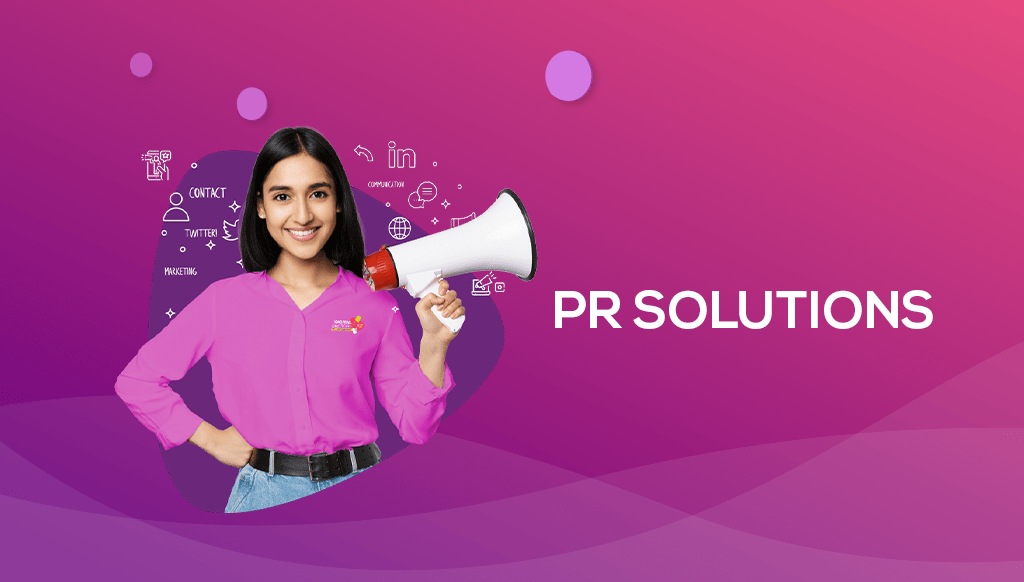
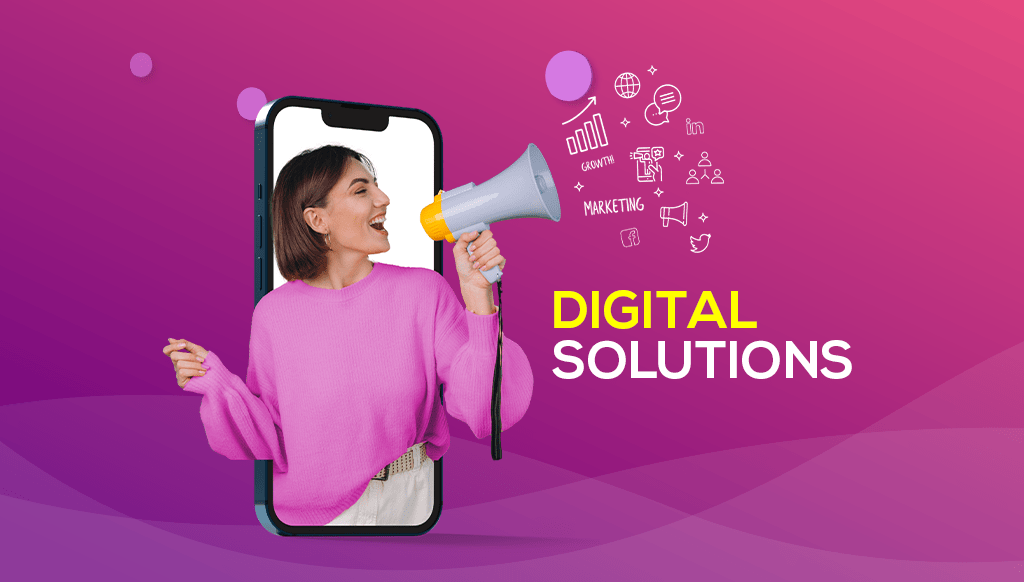
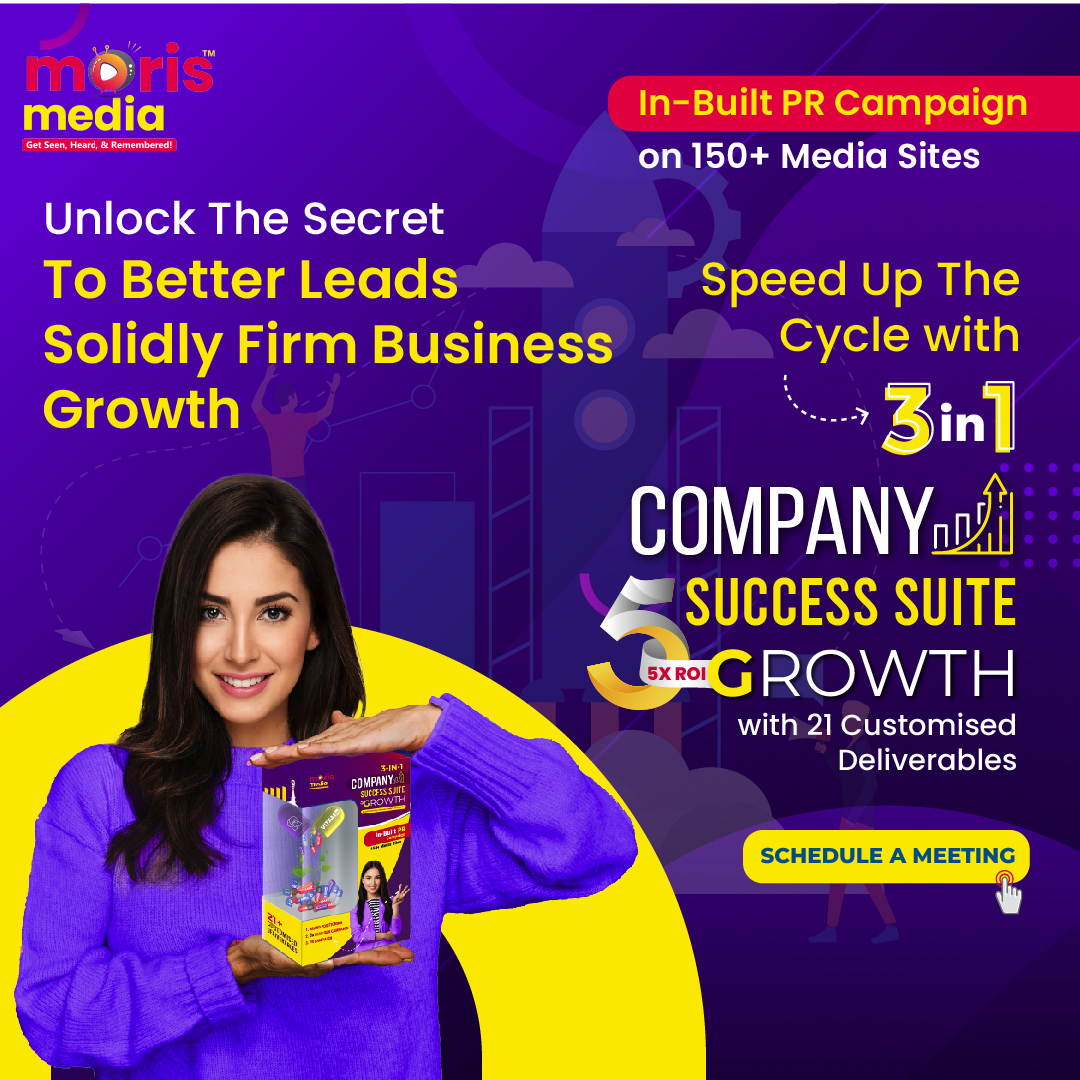

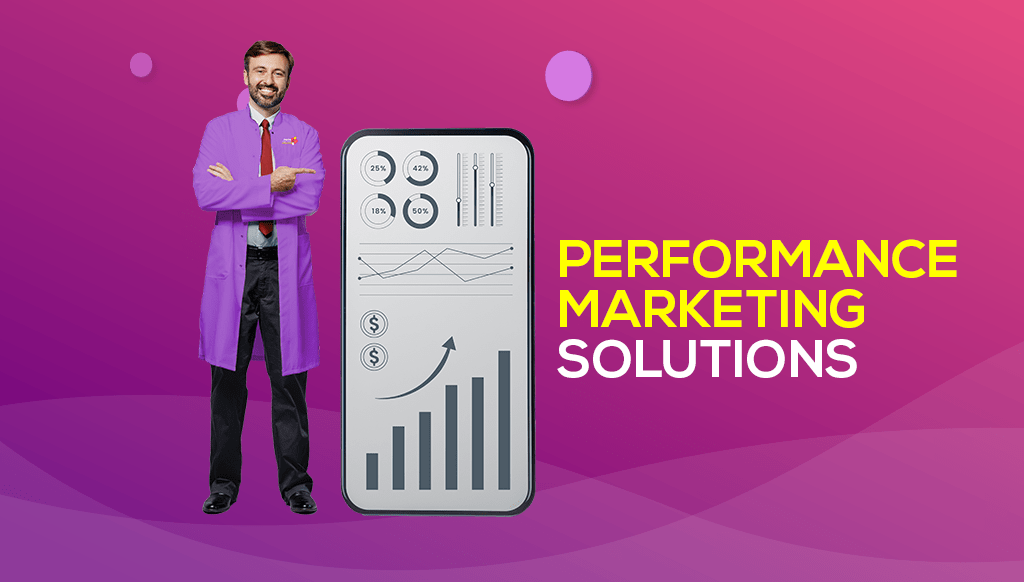
.png?v=1676960503)
